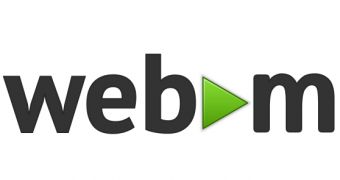Google is finally starting to do something it promised a couple of years ago,namely switch over from the proprietary H.264 video codec. It's just a small step for now, but it's a start. The company has started using its own VP8 video codec, part of the WebM video standard, for some Hangouts.
It's just a test for now, but the plan is to expand usage to more and more people until all video streams are handled by VP8.
As a side effect, a good one, Google will be able to offer 720p HD streams with this new codec, something which was too resource-intensive before. The problem is that, unlike regular video chats, Google Hangouts has to manage up to 10 streams at a time.
The switch to the new video codec is the first step towards switching to WebRTC as the foundation of Hangouts, something Google promised to do when it unveiled the standard.
Today, most browsers support WebRTC; Chrome for Android has just gotten support enabled by default.
This will mean that, eventually, anyone will be able to join a video Hangout without needing to install any plugin, as everything will be handled by the browser.
For now, Hangouts users won't notice much; those who are part of the experiment will see an improvement in video quality, even if they don't get HD streams. Lower bitrate video should look better and smoother as well.
Apart from the performance and stability problem (both are still an issue today), the fact that WebRTC hasn't been too flexible also prevented Google from adopting it. For example, all the goofy enhancements like cat ears are layered on top of video client-side, something that couldn't be done with WebRTC.
But once WebRTC is properly supported in the browser, developers should actually be able to do much more than they can with things like Flash video.

 14 DAY TRIAL //
14 DAY TRIAL //